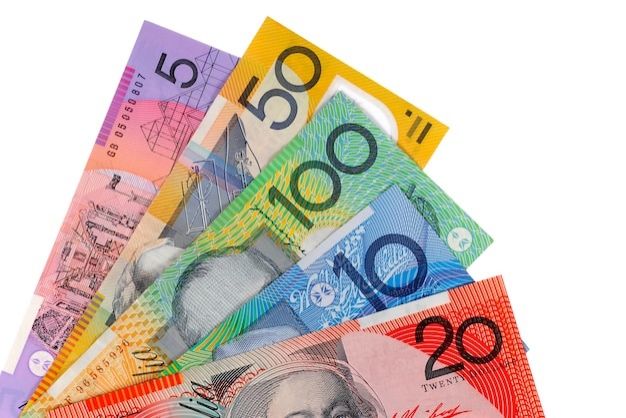SYDNEY: The Australian and New Zealand dollars hit new 2025 highs after US President Donald Trump’s fresh tariff threats undermined the greenback, while a rebound in global stocks also aided the risk-sensitive currencies.
The Aussie rallied 0.6% to US$0.6536, the highest since late November. It jumped 1.4% last Friday to break above the 200-day moving average of US$0.6448, with resistance now at around US$0.6550.
The kiwi dollar gained 0.6% to US$0.6029, the highest since early November. It surged 1.5% last Friday, with support solid at the 200-day moving average of US$0.5877.
Trump last Friday threatened to ratchet up tariffs on the European Union (EU) and warned Apple he may slap a 25% levy on all imported iPhones, sending US shares and the US dollar sharply lower.
However, in a reversal on Sunday, he backed off on the EU tariff plan and agreed to extend the deadline for talks until July 9.
Wall Street futures rallied 1%, with better risk appetite helping the two Antipodeans extending their gains yesterday.
“Any tariff news could inject more volatility into currency markets and pull the US dollar down,” said Joseph Capurso, head of international economics at the Commonwealth Bank of Australia.
“The Aussie dollar and the US dollar could break above the topside of its recent range of US$0.6350 to US$0.6550 this week.”
Tariff news aside, this week is set to be busy for the two Antipodeans.
The Reserve Bank of New Zealand will meet tomorrow when it is widely expected to cut interest rates to 3.25%, though uncertainty remains about its next moves.
Swaps imply a quarter-point rate cut has been fully priced in, with rates bottoming at either 3% or 2.75% later this year.
Australia will release its monthly consumer price index data today and retail sales on Friday.
The updates have gained more importance after the central bank opened the door to further policy easing last week.
A rate cut in July is now priced at a 65% probability, with a total easing of 75 basis points expected by early next year. — Reuters


